through 1900.
Victorian Cheesecake?
Just how new is cheesecake? Surely the Victorians didn’t have cheesecake… did they? Victorian Cheesecake?
Victorian Americans baked cheesecake? Yes! 19th Century recipes and receipts for cheesecake, 1850s
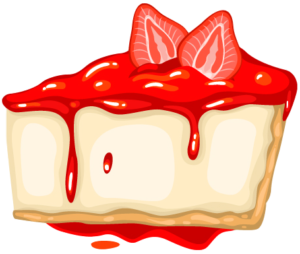
Today, July 30th, is National Cheesecake Day.
HISTORY OF CHEESECAKE
Apparently, the Ancient Greeks weren’t the first to enjoy cheesecake. (But keep in mind this takes into consideration “cakes” made from a wide variety of cheeses and additional ingredients that give volume, bind it all together, and typically comes on a bottom crust or wrapped in crust. When the Romans won a war with Greece, the cheesecake secret switched sides. In the 1st Century A.D., a Roman politician named Marcus Porcius Cato wrote about agriculture–and the food produced, including a sweet cake containing cheese. [Note: “cheese” means so much more than cheddar, provolone, or Swiss.]
Marcus Porcius Cato (234-149 B.C.)’s recipe:
2 pounds cheese well crushed in a mortar; when it is well crushed, add in 1 pound bread-wheat flour or, if you want it to be lighter, just half a pound, to be mixed with the cheese. Add one egg and mix it all together well. Make a loaf of this, with the leaves under it, and cook slowly in a hot fire under a brick.
.
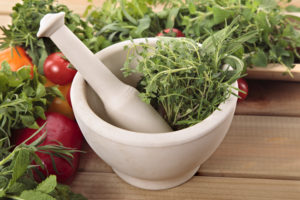
Mortar and pestle, crushing fresh herbs.

Mid 19th-Century Cheesecake
An 1853 recipe, published in The North Carolina Whig of Charlotte, North Carolina on August 3, 1853 is the type of cheesecake enjoyed in ancient Rome. Note this dish contains the correct ingredients, is savory, and seasoned. I’ve provided a transcription of this 164-year-old recipe as the scanned image is a bit difficult to read:
TO MAKE BREAD CHEESE-CAKE.
Slice a loaf as thin as possible, pour on it a pint of boiling cream, let it stand two hours; then take eight eggs, half a pound of butter, and a nutmeg-grated, beat them well together, pour in half a pound of currants well washed, and dried before the fire, and bake them in raised crust or patty pans.
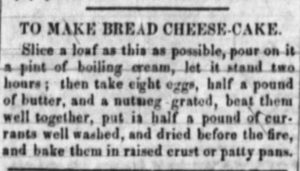
Recipe for Baked Bread Cheese-Cake as transcribed from The North Carolina Whig of Charlotte, North Carolina on August 3, 1853.

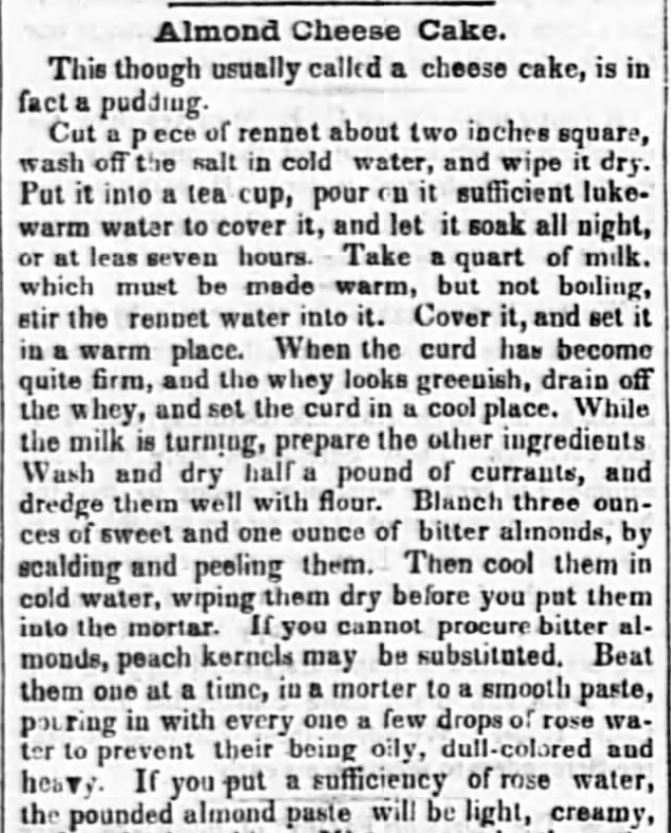
Poughkeepsie Journal of Poughkeepsie, NY on July 7, 1849. Part 1 of 2.
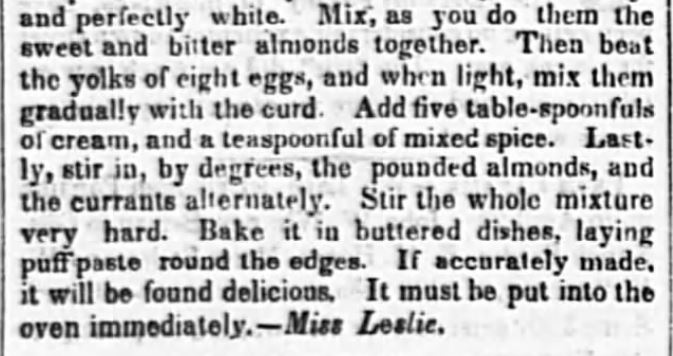
Poughkeepsie Journal of Poughkeepsie, NY on July 7, 1849. Part 2 of 2.

This 1868 Victorian Cheesecake recipe, published in The Coshocton Tribune of Coshocton, Ohio on January 8, 1868, is so much like my modern cheesecake recipe (though I use cream cheese), I can practically taste it…
Cheese Cake.– Bruise a half pound of cheese with one eighth of a pound of butter: add four eggs and milk enough to render it the consistency of thick gruel; sweeten to taste; add one half a lemon, and spice to your liking. Bake with a bottom crust.
Note: the 1868 newspaper’s scan was difficult to read:
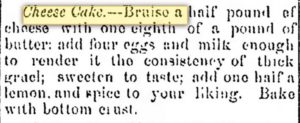
The Costhocton Tribune of Costhocton, Ohio, on January 8, 1868.

Cheese Cake.–Two cakes of cottage cheese, four eggs, a piece of butter about the size of a large egg, the rind and juice of one lemon, one nutmeg; sugar to your taste; add cream enough to make it like pumpkin pies.
.
~ Carolina Watchman of Salisbury, North Carolina on February 5, 1869
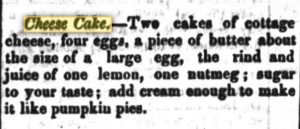
Recipe transcribed, immediately above, from Carolina Watchman of Salisbury, North Carolina, published on February 5, 1869.

Sweet Cheesecake
The following Cheese Cakes recipe is sweet, baked in a puff pastry, and made with cottage cheese–the most cream cheese-like ingredient available at the time (1871). The lemon and lime add a touch of acid, which modern cooks still do, to bring out the flavor in this rich dessert.
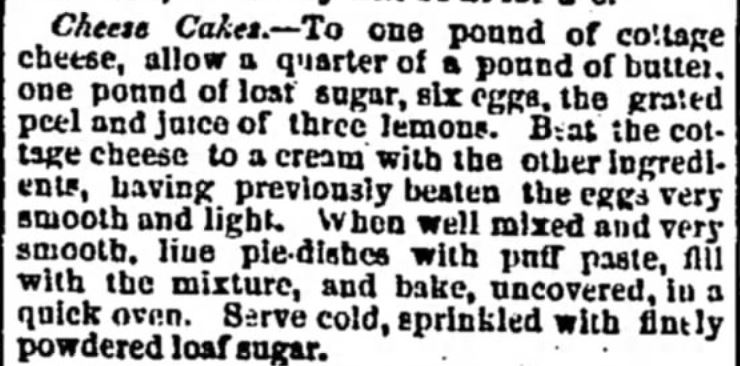
Cheese Cakes recipe published in Detroit Free Press of Detroit, Michigan, on April 22, 1871.

Modern commercial American cream cheese was developed in 1872, when William Lawrence, from Chester, New York, while looking for a way to recreate the soft, French cheese Neufchâtel, accidentally came up with a way of making an “unripened cheese” that is heavier and creamier; other dairymen came up with similar creations independently.[What’s Cooking America: Cheesecake]

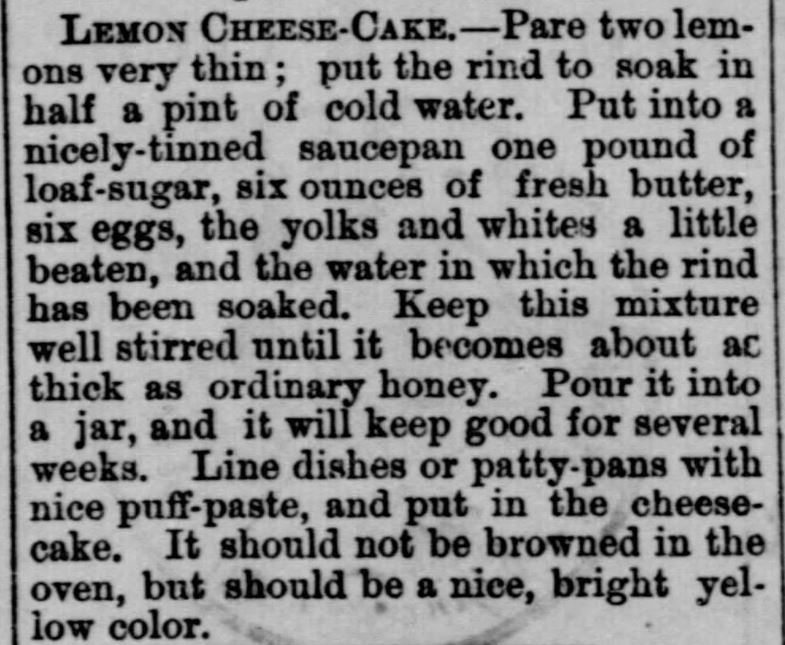
Lemon Cheese-Cake recipe published in The Weekly Republican of Plymouth, Indiana on September 24, 1874.

Maybe Cheesecake Isn’t English
The following article, from Weekly Atchison Companion of Atchison, Kansas, published October 16, 1875, was difficult to read because of the quality of the scanned image. A few online articles attribute the cheesecake to English immigrants, though similar baked desserts (all called cheesecake) are found all over the world. I’ve transcribed it, as written, and provided the scanned images below:
CHEESE CAKE.
.
It is certainly remarkable that the delicious English pastry, cheese-cake, has not become more popular in this country and that so few housekeepers know how to prepare the dainty. There is no pudding nor pie nor cake so rich and delicate, and the mistress, who has once presented the dish to her guests and observed the effect upon them will be likely to frequently repeat the experiment. There are different ways of preparing cheese-cake, among which the following is said to be one of best: Put a pint of warm cream into a saucepan over the fire and when it is warm add it to five quarts of new milk. Then put in some rennet, stir it, and when it is turned put the curd in a linen cloth or bag. Let the whey drain from it, but not to squeeze it too much. Put it into a mortar, and pound it as fine as possible; add half a pound of sweet almonds, and a half pound of biscuit powder, then add nine well beaten yolks of eggs, grated nutmeg, a little rose or orange water, and half a pound of white sugar. Slice a small loaf or roll as thin as possible, first cutting off the crust: pour into it a pint of boiling cream and let it stand for two hours. Beat together eight eggs, half a pound of butter and a nutmeg grated. Mix them into cream bread, with half a pound of currants, well washed and dried and a spoonful of brandy. Bake them in patty pans on a crust raised on the edges. For many tastes the cheese cake is improved by the omission of the currents from the materials.
.
~ Weekly Atchison Companion of Atchison, Kansas on October 16, 1875
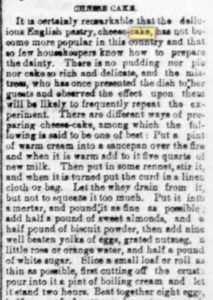
Weekly Atchison Companion of Atchison, Kansas on October 16, 1875. Part 1 of 2. Transcribed, above.
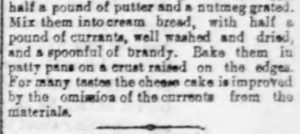
Weekly Atchison Companion of Atchison, Kansas on October 16, 1875. Part 2 of 2. Transcribed, above.

Philadelphia Brand Cream Cheese Debuts
The Kraft foods website states that the Empire Cheese Company of New York began producing PHILADELPHIA BRAND Cream Cheese in 1880, for a New York distributor called Reynolds.

Our New Cook Book and Household Receipts, 1883
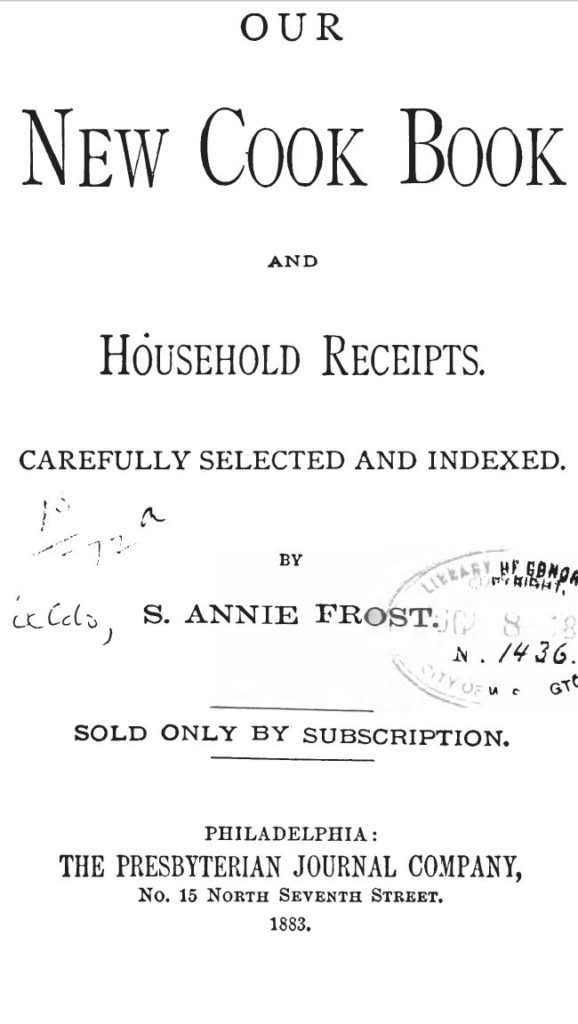
Title Page of Our New Cook Book and Household Receipts, by S. Annie Frost, published in 1883, Philadelphia.
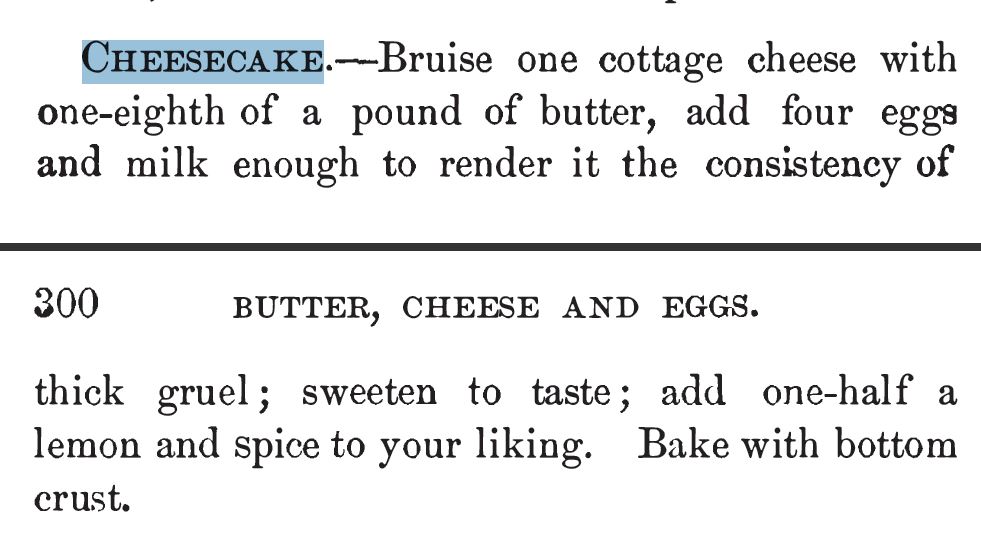
Cheesecake, from Our New Cook Book and Household Receipts, 1883.
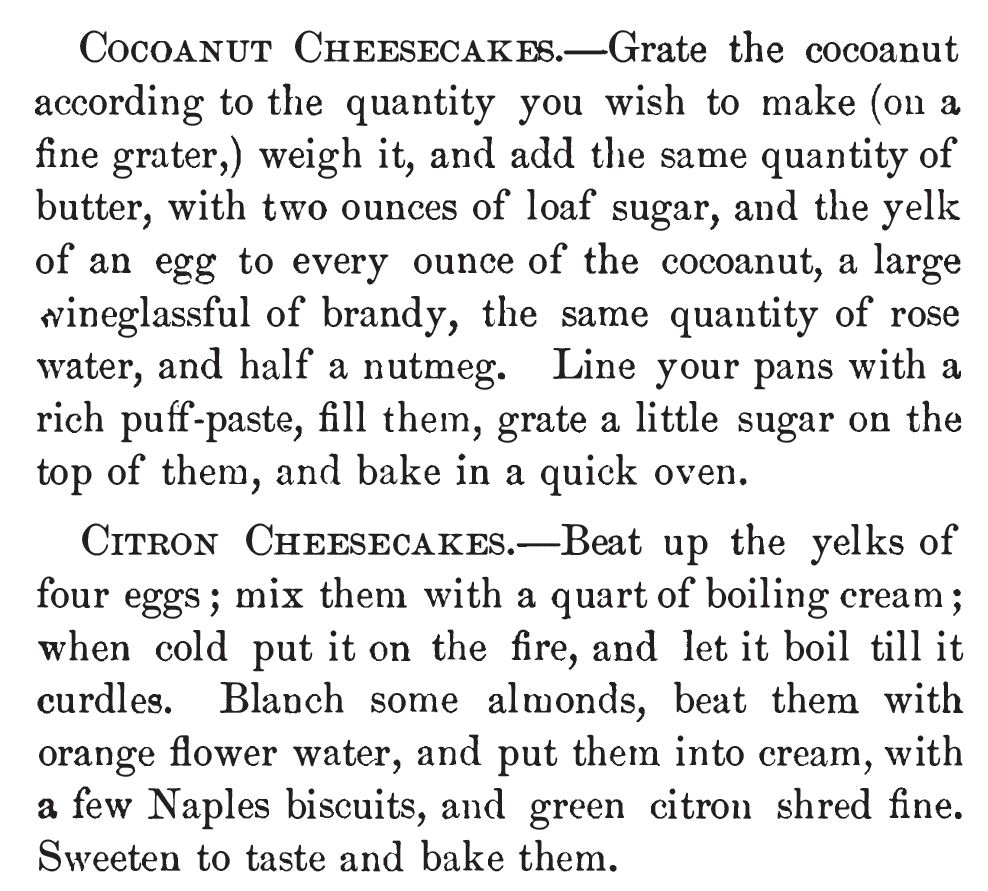
Cocoanut [sic] Cheesecake and Citron Cheesecake from Our New Cook Book and Household Receipts, 1883.
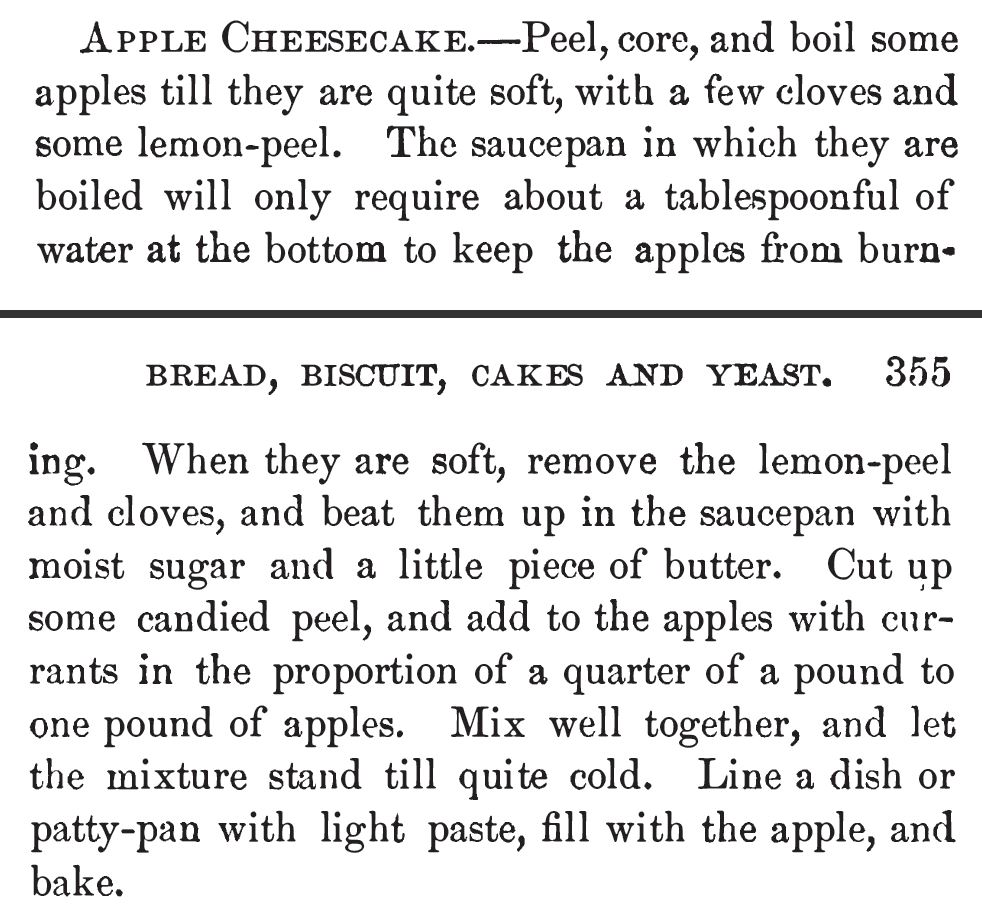
Apple Cheesecake, Our New Cook Book and Household Receipts, 1883.

Individual Cheesecakes, 1898
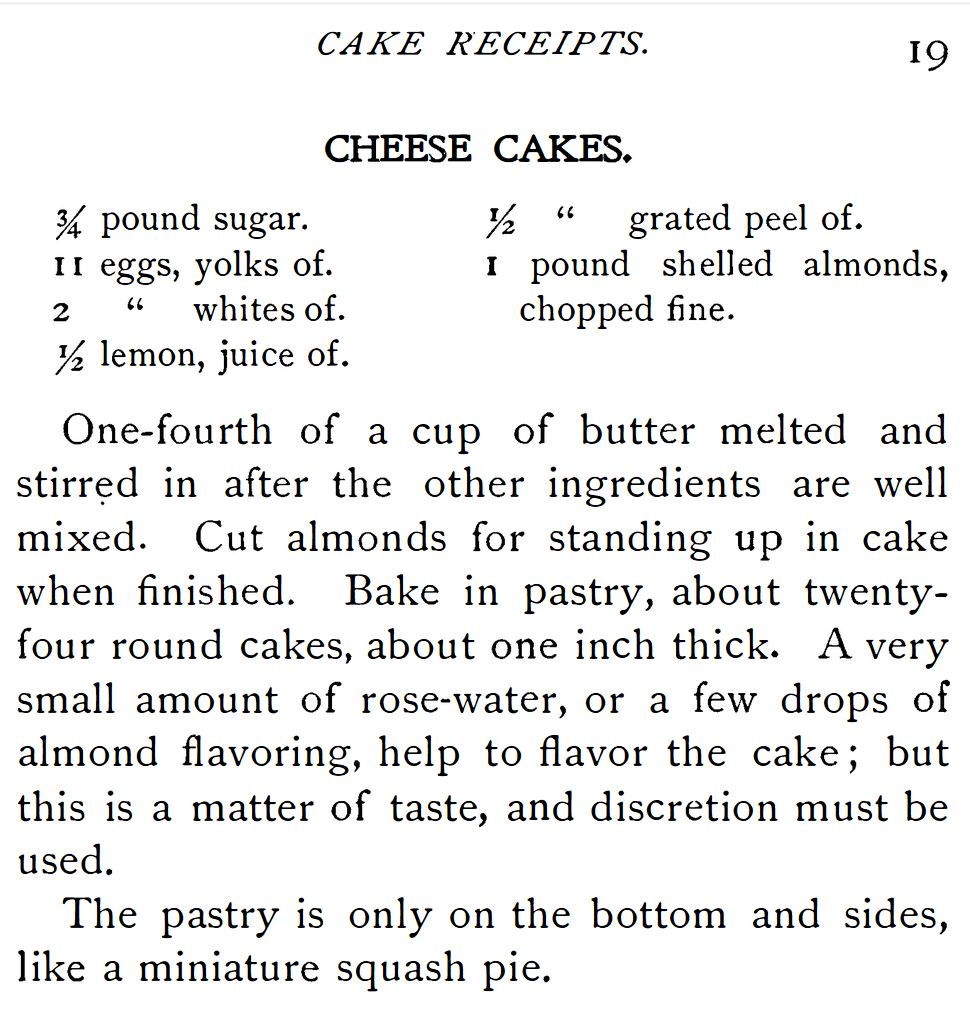
Cheese Cakes (Individual), on page 19 of Cake Receipts, published in 1898 by Emily R. Brooks.

Modern Cheesecake
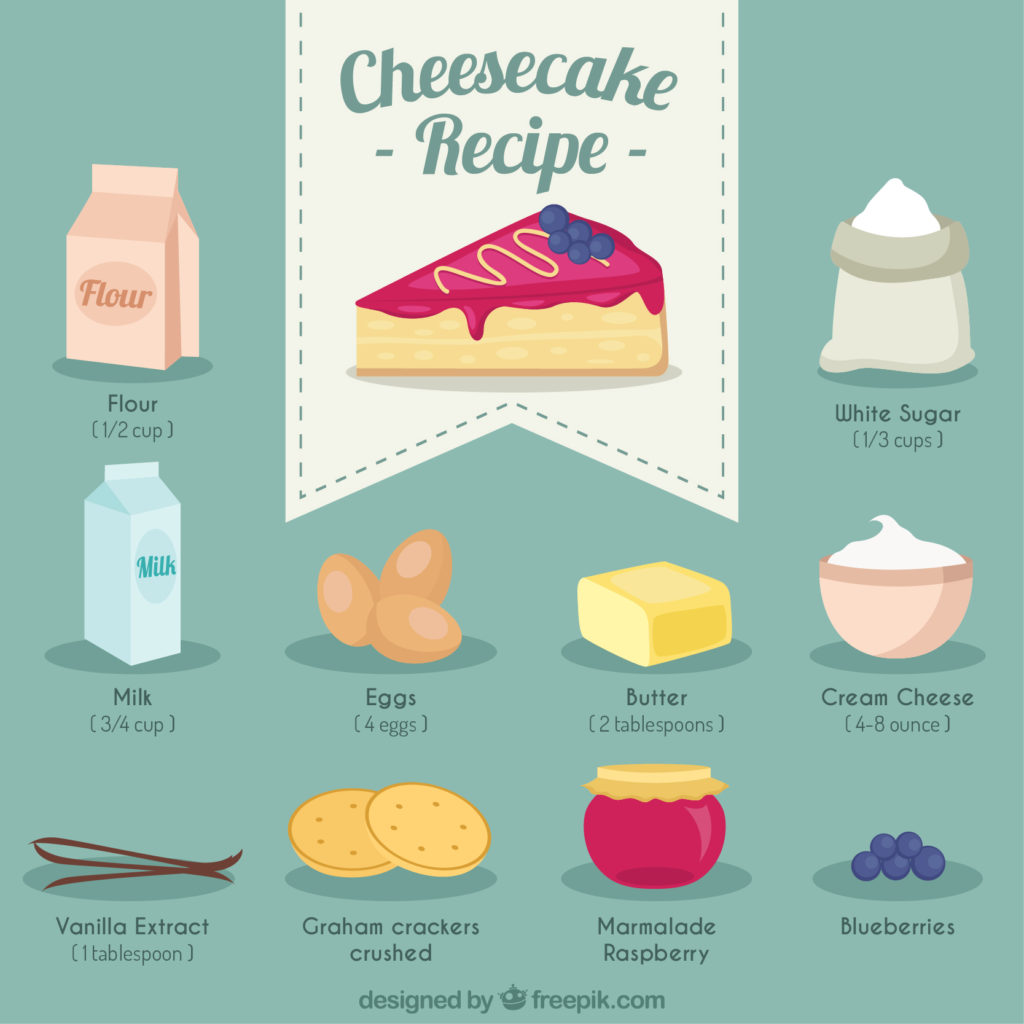

Creme de Framboise Cheesecake
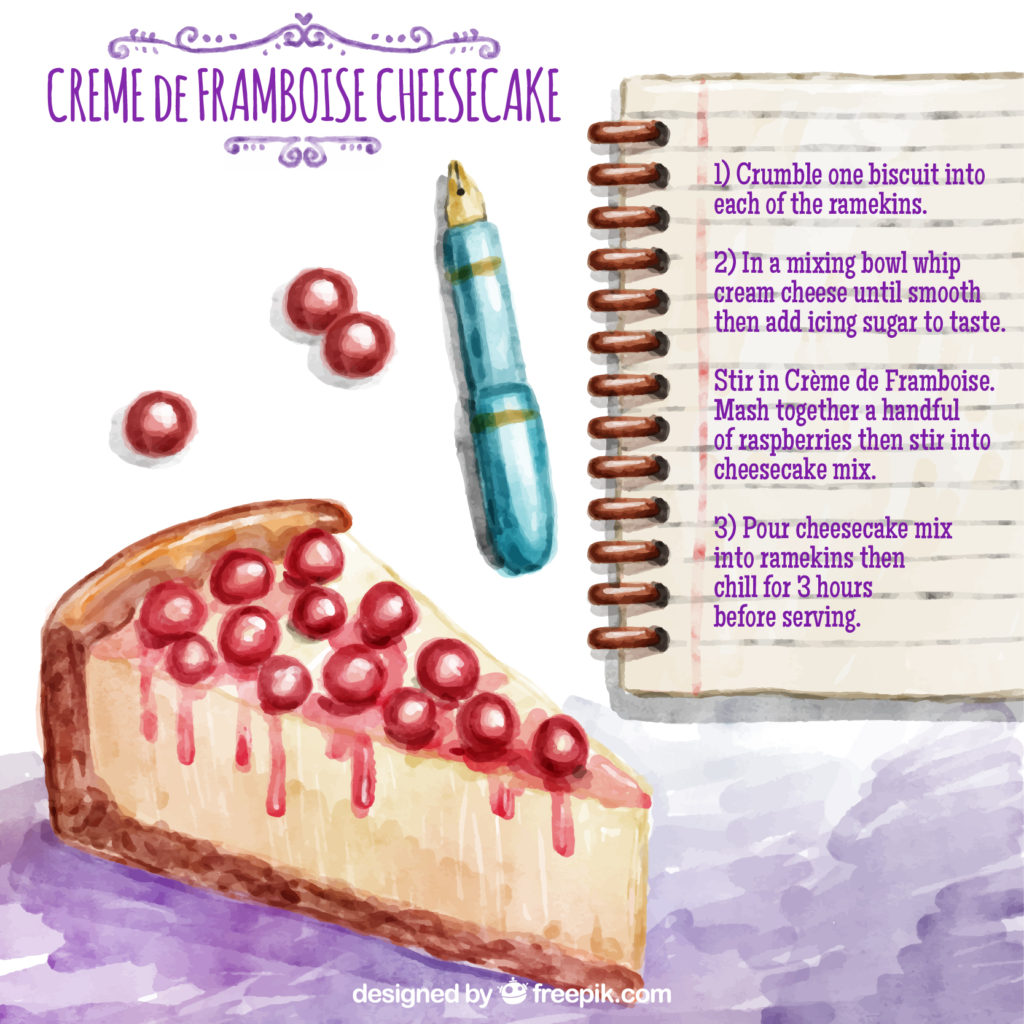

.
Up Next!
BOOK REVIEW: Three Different Old West Tales and Legends Audiobooks
![]()
Copyright © 2017 Kristin Holt LC

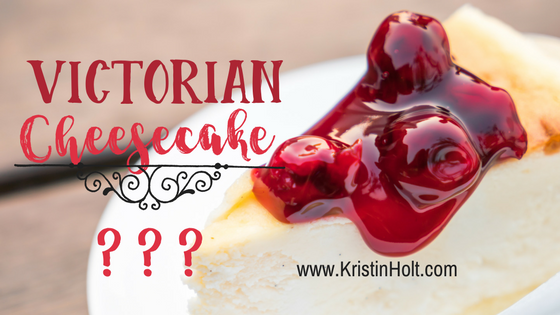

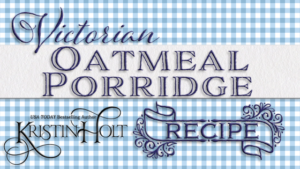
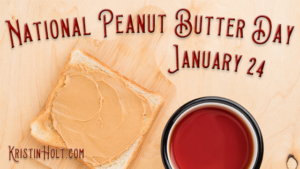
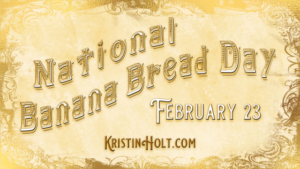
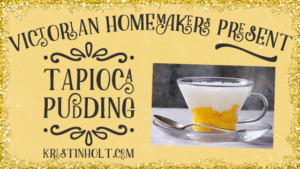
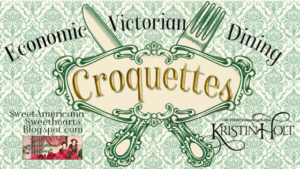


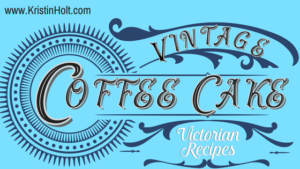
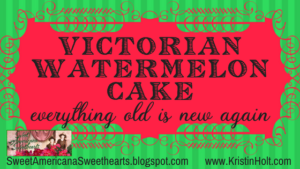
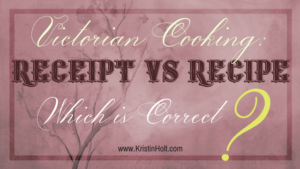
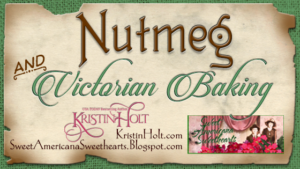
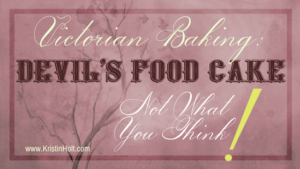
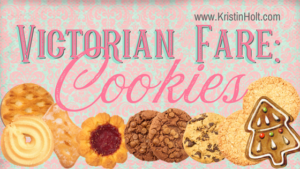
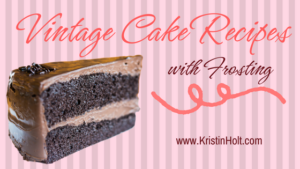

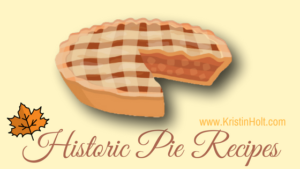
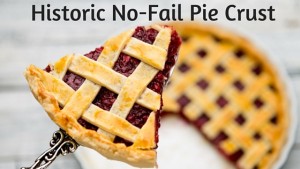
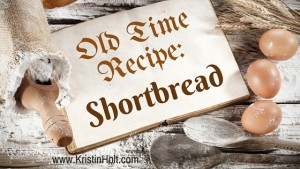
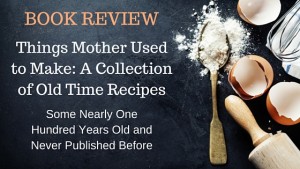
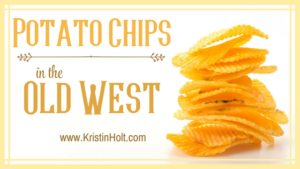








Hiya, This is a fantastic food recipe, thank you for taking the time to write the article. I am a good food lover and We love baking milk tart.